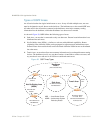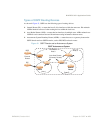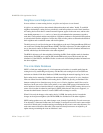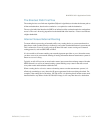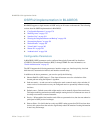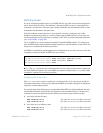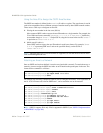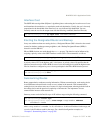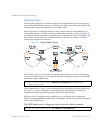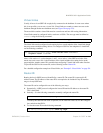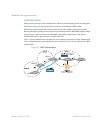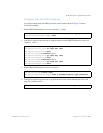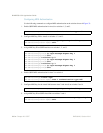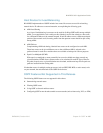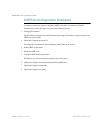
BLADEOS 6.5.2 Application Guide
282 Chapter 20: OSPF BMD00220, October 2010
Default Routes
When an OSPF routing device encounters traffic for a destination address it does not recognize, it
forwards that traffic along the default route. Typically, the default route leads upstream toward the
backbone until it reaches the intended area or an external router.
Each G8124 acting as an ABR automatically inserts a default route into each attached area. In
simple OSPF stub areas or NSSAs with only one ABR leading upstream (see Area 1 in Figure 32),
any traffic for IP address destinations outside the area is forwarded to the switch’s IP interface, and
then into the connected transit area (usually the backbone). Since this is automatic, no further
configuration is required for such areas.
Figure 32 Injecting Default Routes
If the switch is in a transit area and has a configured default gateway, it can inject a default route
into rest of the OSPF domain. Use the following command to configure the switch to inject OSPF
default routes (Router OSPF mode):
In the command above, <metric value> sets the priority for choosing this switch for default route.
The value none sets no default and 1 sets the highest priority for default route. Metric type
determines the method for influencing routing decisions for external routes.
When the switch is configured to inject a default route, an AS-external LSA with link state
ID 0.0.0.0 is propagated throughout the OSPF routing domain. This LSA is sent with the configured
metric value and metric type.
The OSPF default route configuration can be removed with the command:
RS G8124(config-router-ospf)# default-information <metric value>
<metric type (1 or 2)>
RS G8124(config-router-ospf)# no default-information



